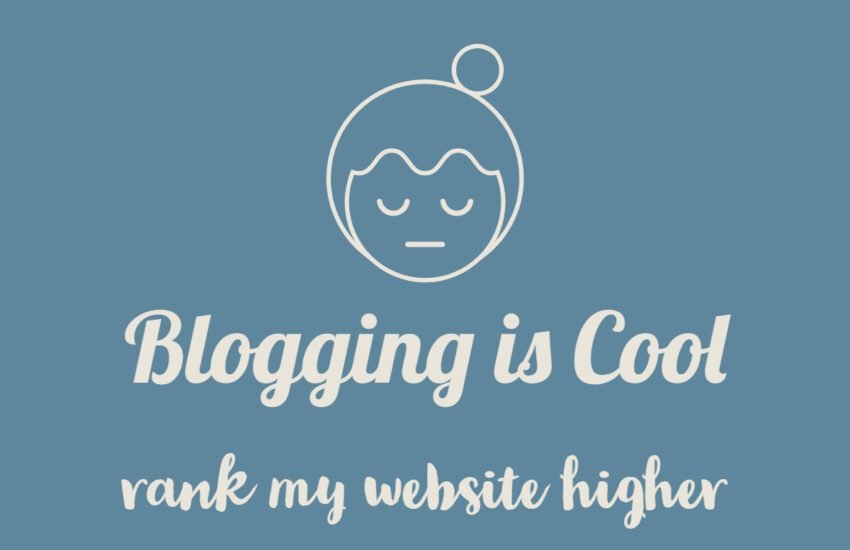Why it is Important to Write Meta Descriptions for Every Blog Post
What is a Meta Description?
When it comes to creating high-quality content for your blog, there is no doubt that it requires time, effort, and expertise.
However, all of that hard work can go to waste if your blog posts are not getting the attention they deserve.
This is where writing compelling meta descriptions comes into play, as they can significantly impact the click-through rate of your blog posts.
A meta description is a brief summary of the content on a webpage that appears in search engine results. It provides a concise preview of what readers can expect to find if they click on your blog post.
While meta descriptions do not directly affect your website’s ranking in search engine results, they play a crucial role in attracting users to click on your link.
The Power of a Well-Written Meta Description
1. Grabbing Attention
A well-crafted meta description has the power to grab the attention of potential readers. It should be concise, engaging, and accurately reflect the content of your blog post.
By providing a glimpse of what readers can expect, you can entice them to click on your link instead of scrolling past it.
2. Increasing Click-Through Rate
The click-through rate (CTR) is the percentage of users who click on your blog post after seeing it in search engine results.
A compelling meta description can significantly increase your CTR, as it acts as a mini advertisement for your content. When your meta description stands out from the rest, users are more likely to click on your link.
3. Enhancing User Experience
Meta descriptions also play a role in enhancing the overall user experience.
When users click on a link that accurately matches their search intent, they are more likely to find the information they are looking for.
This can lead to higher engagement, longer time spent on your website, and potentially increased conversions.
Writing Effective Meta Descriptions
Now that you understand the importance of meta descriptions, let’s explore some tips for writing effective ones:
1. Keep it Concise
Meta descriptions should be around 150-160 characters long, as search engines typically truncate longer descriptions. Make every word count by summarizing the main points of your blog post in a clear and concise manner.
2. Use Relevant Keywords
Incorporate relevant keywords in your meta description to improve its visibility in search engine results. However, avoid keyword stuffing and ensure that the keywords flow naturally within the description.
3. Be Unique and Compelling
Stand out from the competition by crafting unique and compelling meta descriptions. Highlight the key benefits or unique aspects of your blog post to entice users to click on your link.
4. Match Search Intent
Understand the search intent behind the keywords you are targeting and align your meta description accordingly. By addressing the specific needs or questions of your target audience, you can increase the chances of attracting relevant traffic to your blog post.
5. Test and Optimize
Continuously monitor the performance of your meta descriptions and make adjustments as necessary. A/B testing different variations can help you identify what resonates best with your audience and improve your click-through rates over time.
Conclusion
While writing high-quality content for your blog is crucial, it is equally important to pay attention to the meta descriptions of your blog posts.
By crafting compelling and concise meta descriptions, you can increase the likelihood of attracting readers to click on your links, improving your click-through rates, and ultimately enhancing the overall success of your blog.


